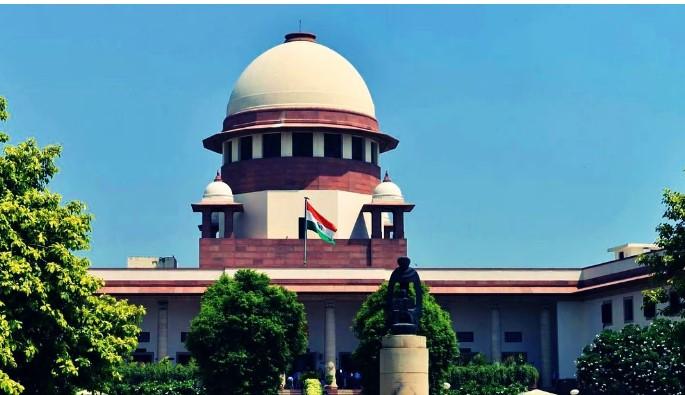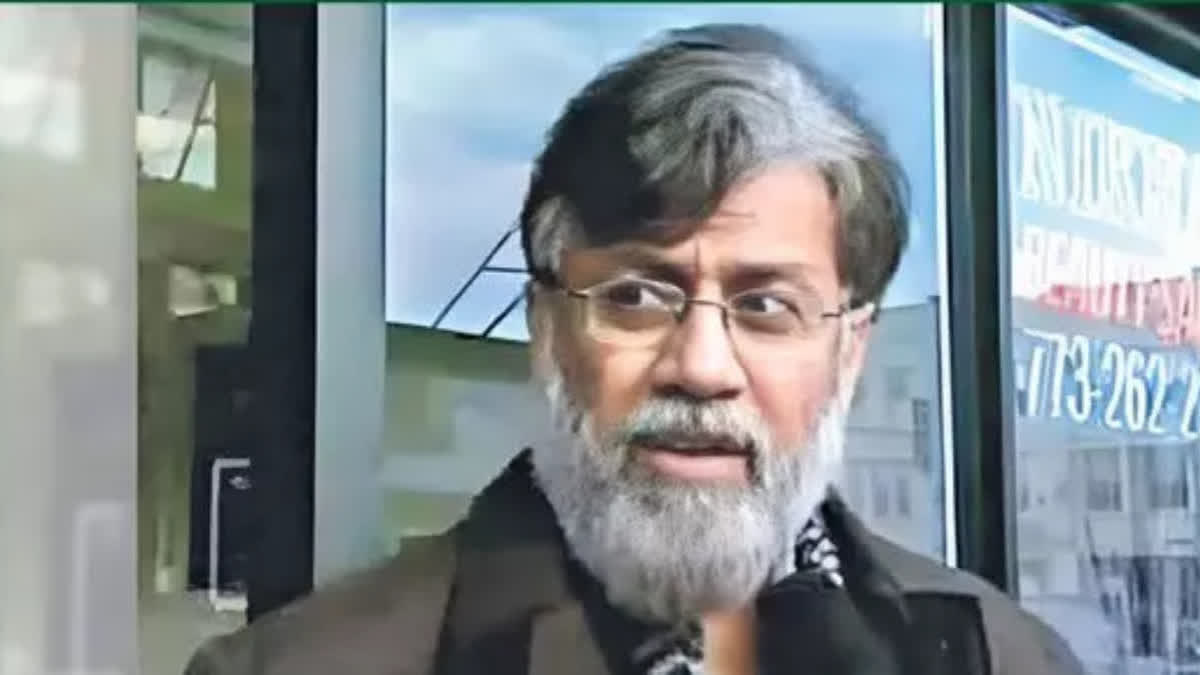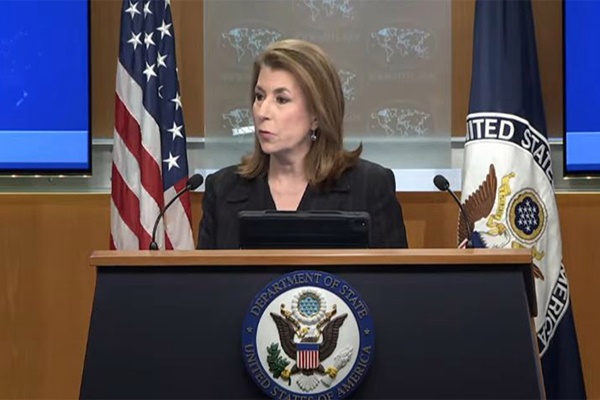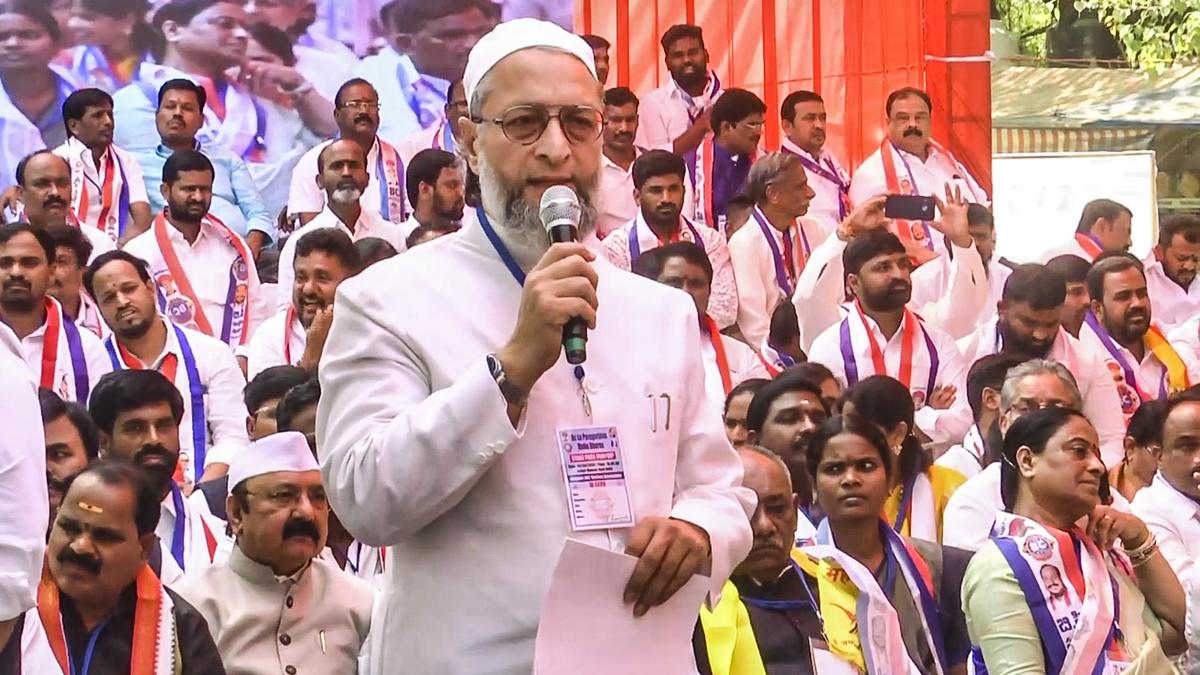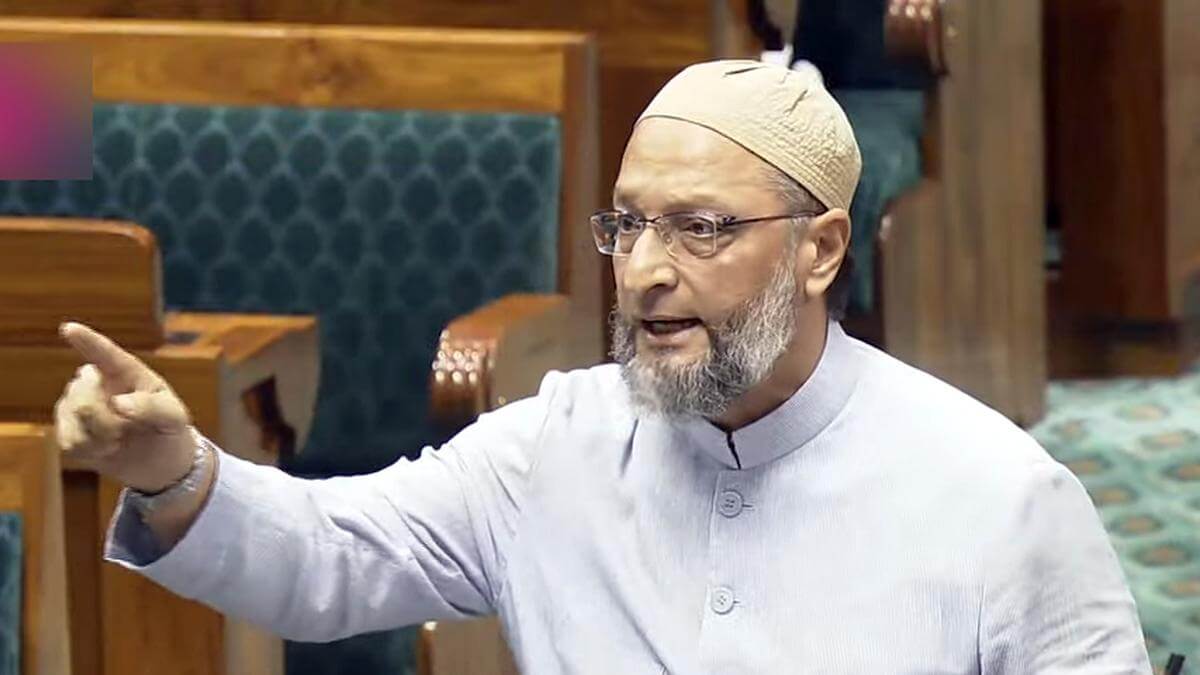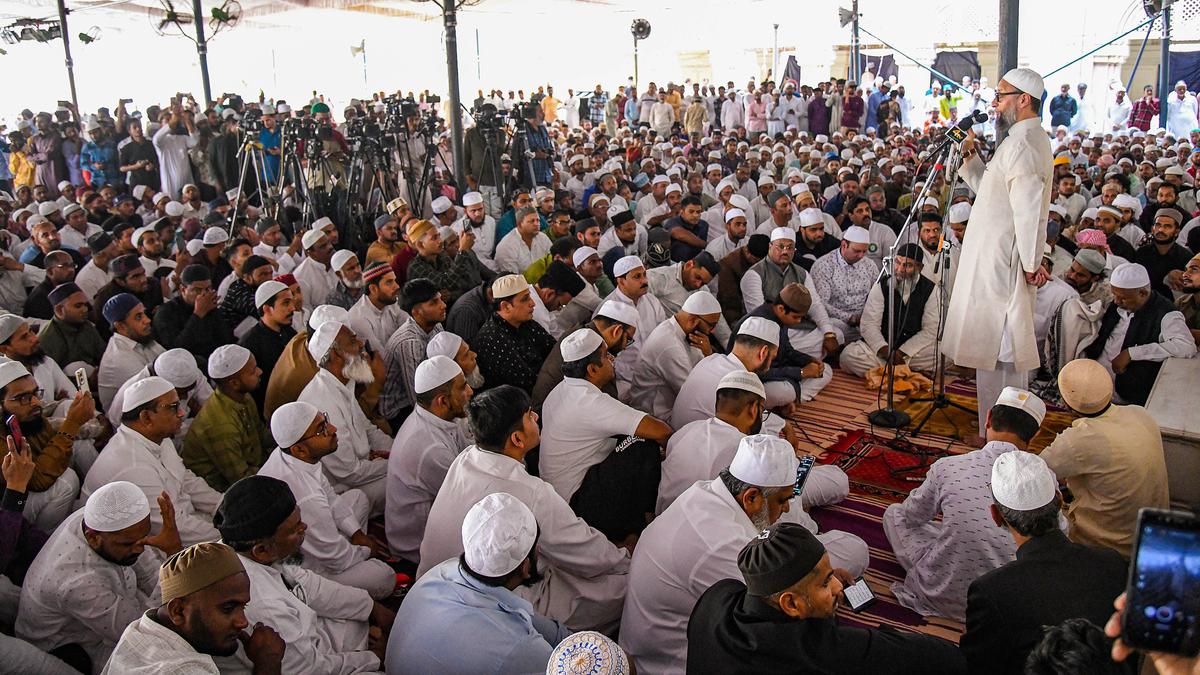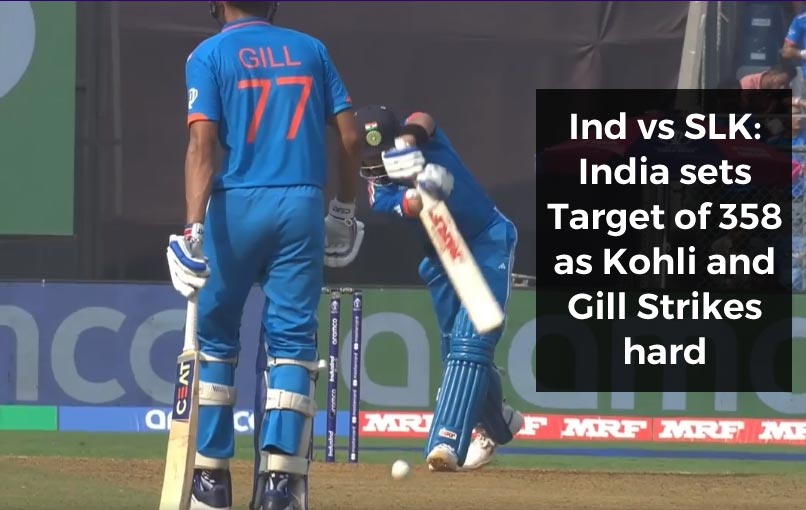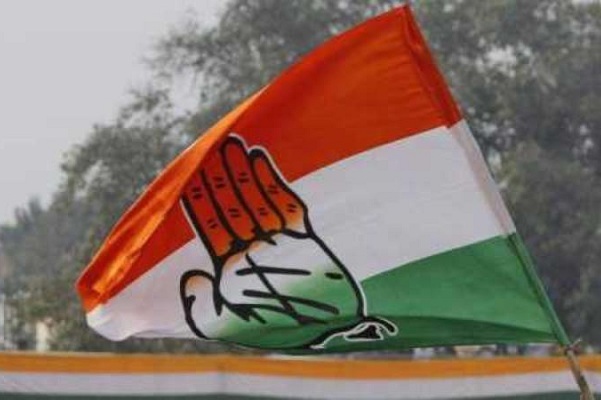Telangana’s water crisis forces farmers to turn to open wells
Sun 09 Mar 2025, 00:06:50
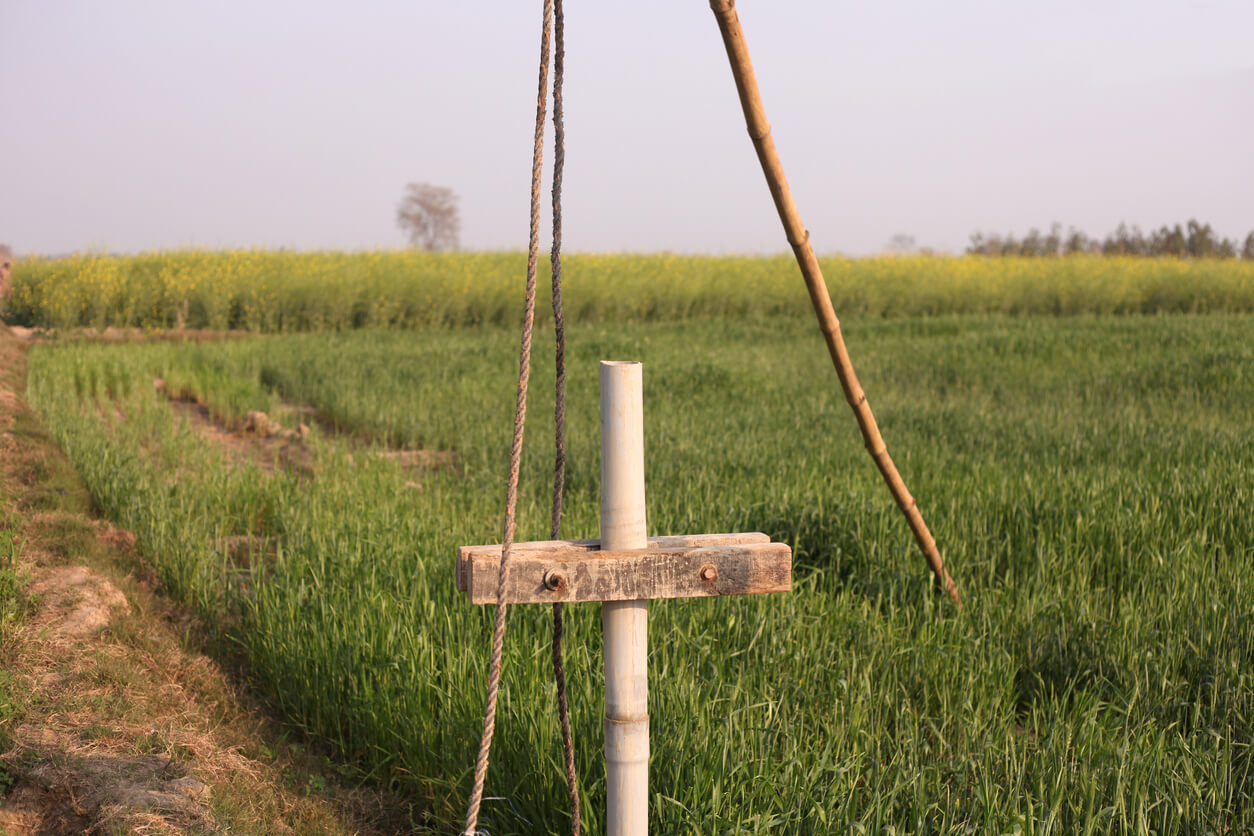
Faced with the unreliability of surface water irrigation and the soaring costs associated with deep borewell drilling, farmers across several districts in Telangana are increasingly turning to the age-old practice of digging open irrigation wells. This shift is driven by the need for a more dependable and sustainable water source to support their agricultural activities.
Surface water irrigation, a cornerstone of agricultural practices during the BRS regime, has become increasingly unreliable due to poor management of water resources. As a result, farmers are left searching for alternative methods to ensure a consistent water supply for their crops.
Borewells costly and uncertain
Drilling deep borewells, a common modern solution, has proven to be both costly and uncertain. With no guarantee of hitting sustainable water sources, many farmers face financial strain after investing heavily in borewells that yield little to no water. This has led to a shift in preference towards more traditional methods.
In districts such as Nalgonda, Karimnagar, Adilabad, Warangal and Khammam, open wells have become the preferred choice for many farmers. These wells tap into shallow aquifers replenished by surface water, proving to be a more sustainable option over time. Unlike borewells, open wells do not rely heavily on consistent power supply. Farmers can use diesel-powered pump sets to draw water, ensuring
critical wetting during crucial crop stages. Open wells can be dug using a JCB in just 15 to 20 hours, costing between Rs 20,000 and Rs 25,000.
critical wetting during crucial crop stages. Open wells can be dug using a JCB in just 15 to 20 hours, costing between Rs 20,000 and Rs 25,000.
Diesel engine pump sets are also relatively affordable, with prices ranging from Rs 12,000 (2 HP) to Rs 42,500 (5 HP). This is significantly cheaper than borewells, which can cost between Rs 1 lakh-Rs 2 lakh. Open wells require minimal maintenance compared to borewells, making them a practical and economical choice for farmers. Open wells are not only a reliable backup but also add value to the land in terms of real estate calculations. They provide a sustainable water source that can support irrigation needs even when surface water sources like tanks and ponds dry up.
The government’s Mission Kakatiya, aimed at reviving over 46,000 minor irrigation tanks, had contributed to the replenishment of groundwater levels during the BRS regime. However, the upkeep of these minor irrigation sources needs to be a continuous process to ensure their effectiveness. The same has not been happening of late, leading to the current situation.
M Srinivasa Rao, a farmer from Mudigonda in Khammam district, shared his experiences: “Open wells have been a success in Kusumanchi and Tirumalayapalem mandals. Although we abandoned them a few years ago after the irrigation tanks were stabilised, we are now turning back to open wells despite the water release from the NSP left canal.”
No Comments For This Post, Be first to write a Comment.
Most viewed from Hyderabad
Most viewed from World
AIMIM News
Latest Urdu News
Most Viewed
May 26, 2020
Do you think Canada-India relations will improve under New PM Mark Carney?
Latest Videos View All
Like Us
Home
About Us
Advertise With Us
All Polls
Epaper Archives
Privacy Policy
Contact Us
Download Etemaad App
© 2025 Etemaad Daily News, All Rights Reserved.

.jpg)
.jpg)
.png)
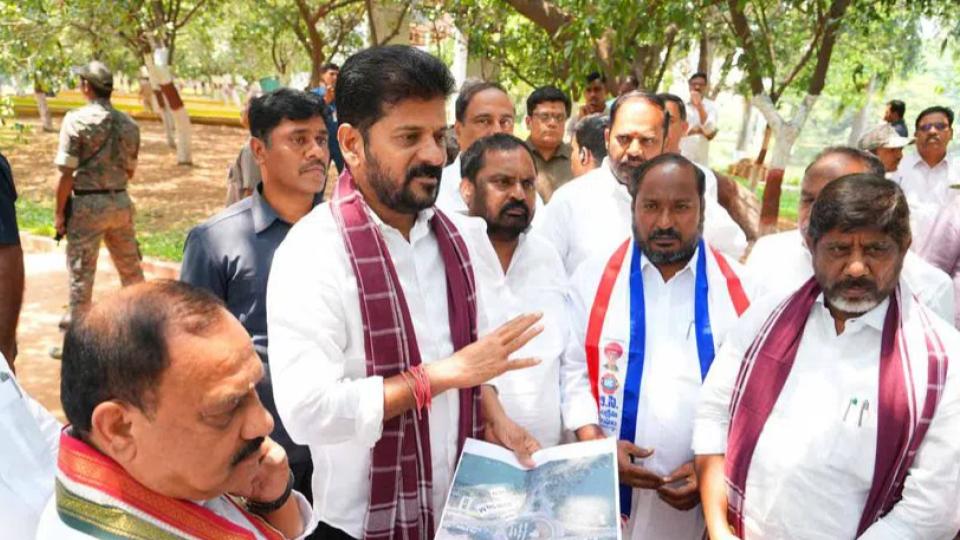
.jpg)
.jpg)
.jpg)
.jpg)




.jpg)
.jpg)
.jpg)
.jpg)
.jpg)
.jpg)
